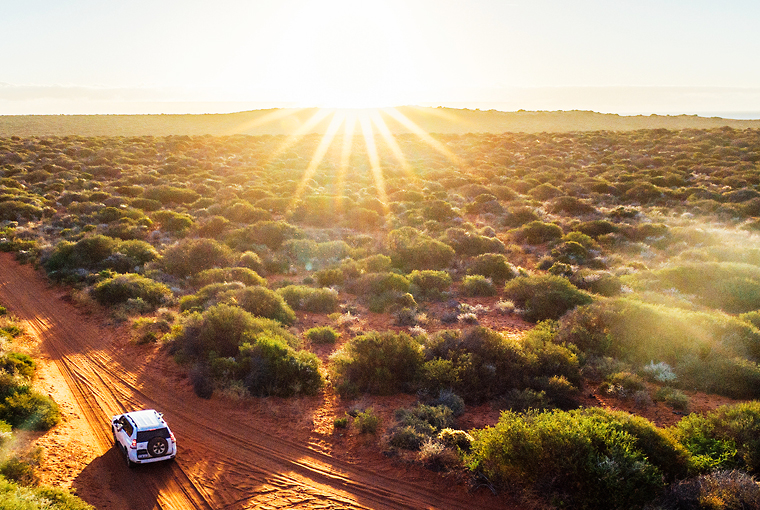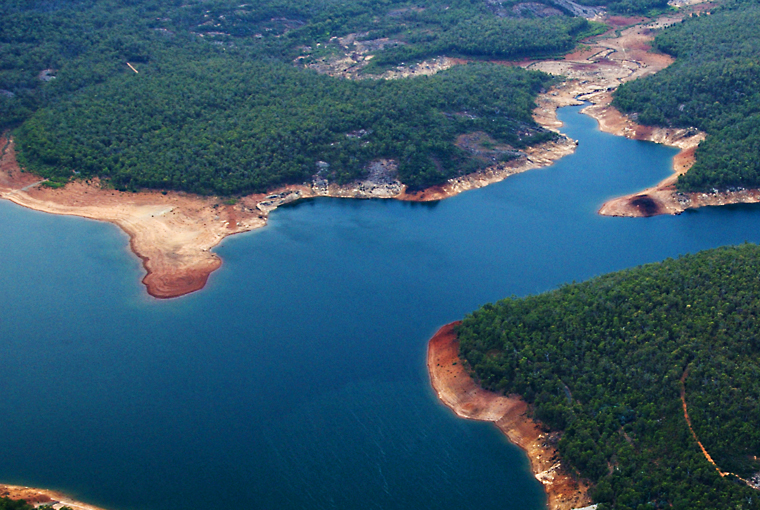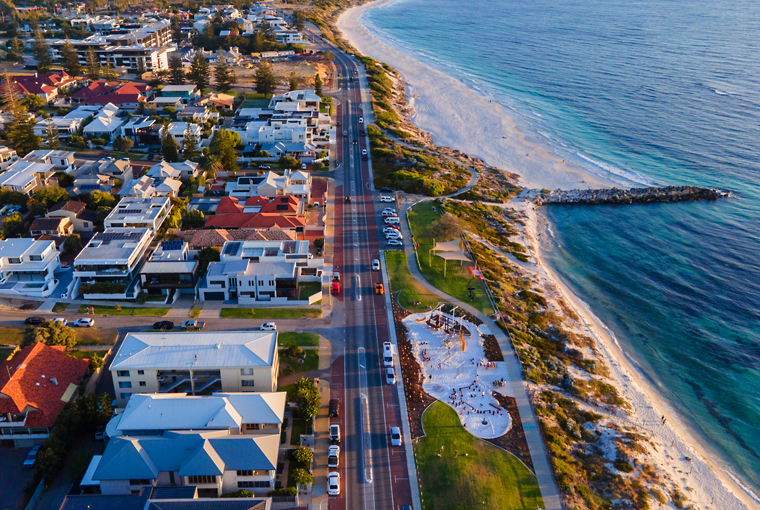A dry and warm summer is on the way
Given the wet weather we experienced towards the end of winter, you could be forgiven for thinking the dams are close to overflowing.
However, despite Perth’s wet August, rainfall run-off into Perth’s dams remains significantly below the long-term average.
While any amount rainfall is beneficial, for dam levels to rise, sufficient rain must fall over our catchments to generate streamflow. We need steady, regular rain in order to soak our catchments and get water flowing into our dams.
With warmer and drier weather on the way, declining rainfall, and the increasing impacts of climate change on our water sources, it’s more important than ever that we are mindful of our water use.

Record breaking weather continues
Water Corporation senior hydrologist and subject matter expert in climate change science, Jacquie Bellhouse, shared some insights into the record-breaking weather we have experienced so far this year.
“In the 12 months leading up to winter, WA experienced serious rainfall deficiencies followed by a summer that saw dozens of records broken – including, very dry soils, heatwaves and bushfires,” she explains.
“While autumn delivered some relief from February’s heat waves, both maximum and minimum temperatures remained very much above the short and long-term averages.”
“In Perth, maximum temperatures were mostly 2 to 3°C above autumn’s long-term average whilst along the west coast, sites from Carnarvon down to Walpole experienced their warmest Autumn on record.”
Jacquie highlights that Autumn rainfall was also below average for most of the South West of WA.
“The average autumn rainfall was just under 50% below the 1961–1990 average, making it the driest autumn since 2019.”
“Winter in the South West was also late to arrive, with June’s rainfall below to very much below average (in the lowest 10% of Junes since 1900) for parts of South West of WA."
“Providing us with some relief, rainfall between July and August was mostly average to very much above average with the exclusion of small pockets of the South West coast. For August the highest monthly rainfall totals were 220–360 mm in the Perth Hills and in the far southwest between Bunbury and Walpole. Many towns including Bunbury, Busselton had their wettest August on record, or wettest August for at least 20 years.”
However currently, total dam storage for the Perth Metropolitan area is 9% lower than the same time last year whilst across the south west and great southern dams are 6% and almost 16% lower than the same time last year.
A changing and challenging climate
The changing climate affects Perth and Southern WA’s water sources more than anywhere else in the world.
Since the mid-1970s, annual average rainfall has declined by about 15% and resulted in an average 80% reduction in streamflow runoff.
“This year, the dry and warm summer and autumn and late start to winter was hard on our surface water catchments."

“Even with the break of above average rainfall in July and August, thirsty plants and very dry soils meant that less than 3% of the rain that fell flowed into Perth’s Dams," Jacquie explains.
As a result, despite a wet July and August total streamflow into Perth’s Dams is 10% below the 2010-2024 average, and ranks in the lowest 10% observed since records began in1911.
What we’re doing
Ensuring water security in the face of increasing temperatures and declining rainfall remains both and challenge and opportunity.
Our climate has experienced significant change in the last 100 years, so we’ve had to change too.

While we still get some drinking water from streamflow into our dams, we can no longer rely on the same amount of rainfall we used to receive.
Which is why we have planned ahead and are investing in new water sources like the Alkimos Desalination Plant and the Onslow Desalination Plant.
To help save water and reduce bills, we have also partnered with Irrigation Australia WA in launching a new Waterwise Irrigation Rebate to Perth and Peel residents – providing up to $200 off eligible waterwise irrigation products or services.
In the face of climate change, everyone has a part to play in protecting and changing how we use water. Learn how you can save water and help shape Western Australia’s water future.